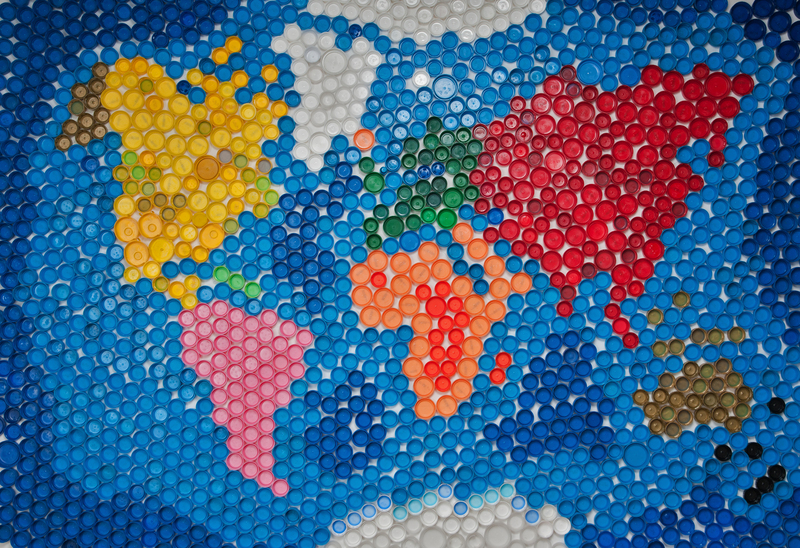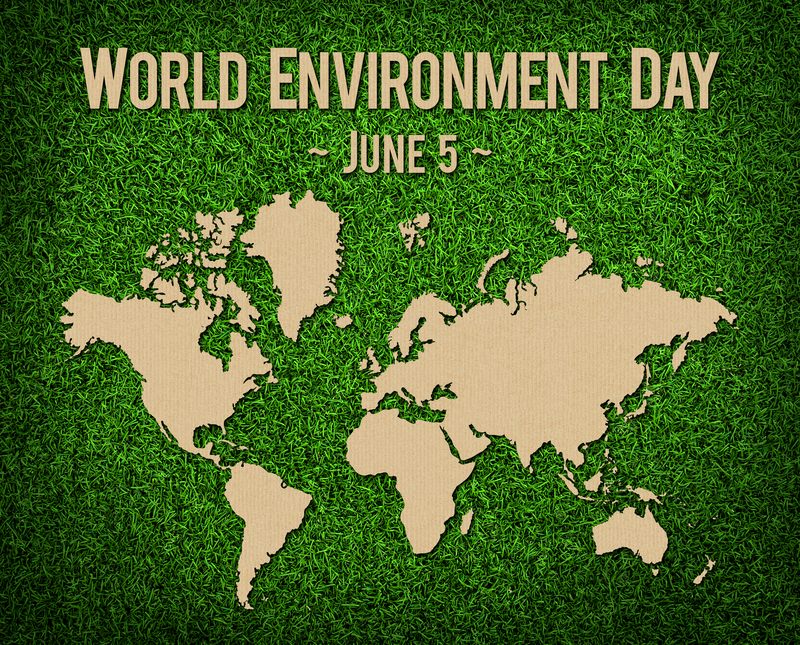As concerns over climate change and environmental degradation continue to escalate, businesses and consumers alike are seeking ways to reduce their carbon footprints. One significant area of focus is packaging. Traditional packaging methods often contribute to greenhouse gas emissions through both the production process and the degradation of materials. In response, companies are developing carbon-neutral packaging options that aim to balance out these emissions. This article will delve into the various types of carbon-neutral packaging, their benefits, and how they contribute to a more sustainable future.
Understanding Carbon-Neutral Packaging
Before diving into specific options, it is crucial to understand what carbon-neutral packaging entails. In essence, carbon-neutral packaging is designed to reduce the carbon emissions associated with the product's lifecycle. This can be achieved through various methods, including using renewable materials, improving energy efficiencies in production, or investing in projects that offset emissions. The ultimate goal is to achieve a net-zero carbon footprint.

Biodegradable Packaging Materials
One of the most popular carbon-neutral packaging options is biodegradable packaging. These materials break down naturally over time, reducing their impact on the environment. Common biodegradable packaging materials include:
- Bioplastics: Derived from renewable sources like corn starch or sugarcane, bioplastics can be composted, reducing their environmental impact compared to traditional plastics.
- Plant-Based Materials: Materials like bamboo and hemp are increasingly used for packaging due to their rapid growth rates and biodegradability.
- Mushroom Packaging: Mushroom mycelium can be molded into various shapes and is fully compostable, making it an innovative and eco-friendly packaging solution.
Recycled and Recyclable Packaging
Recycling is another critical component of carbon-neutral packaging. Using recycled materials reduces the need for new raw materials and cuts down on energy consumption. Additionally, ensuring that packaging is recyclable can help close the loop in the lifecycle of the product. Some notable points include:
- Post-Consumer Recycled (PCR) Plastics: These plastics are made from recycled consumer products, reducing waste and the demand for new plastic production.
- Recyclable Paper and Cardboard: Paper and cardboard are among the most commonly recycled materials and can often be reused multiple times.
- Glass Packaging: Though energy-intensive to produce, glass is fully recyclable without losing quality, making it a sustainable option if properly managed.
Innovative Packaging Strategies
Several companies are pioneering new technologies and strategies to reduce the carbon footprints of their packaging. These include:
- Lightweighting: By reducing the weight of packaging, companies can decrease the amount of materials needed and lower transportation emissions.
- Minimalist Packaging: Using less material overall reduces waste and emissions, and can also result in cost savings.
- Smart Packaging: Utilizing new materials and designs that extend the shelf-life of products can reduce food waste, indirectly cutting emissions.
Certifications and Standards
To ensure that packaging is genuinely carbon-neutral, various certifications and standards have been developed. These certifications not only hold companies accountable but also provide consumers with the assurance that the products they purchase are environmentally responsible. Common certifications include:
- Carbon Trust Standard: This certification assesses a company's carbon footprint and recognizes significant reductions in emissions.
- Cradle to Cradle Certification: This focuses on the sustainability of materials throughout their lifecycle, promoting safe and efficient use of resources.
- Forest Stewardship Council (FSC) Certification: FSC-certified packaging ensures that the materials are sourced from responsibly managed forests.
Challenges and Considerations
Despite the numerous benefits of carbon-neutral packaging, there are still challenges and considerations that need to be addressed. Some of these include:
- Cost: Carbon-neutral materials and production processes can be more expensive than traditional methods, which can be a barrier for some companies.
- Infrastructure: Not all areas have the necessary infrastructure to recycle or compost certain materials, which can limit the effectiveness of these packaging options.
- Consumer Behavior: Even with sustainable packaging, if consumers do not properly dispose of these materials, the environmental benefits may not be fully realized.

The Future of Carbon-Neutral Packaging
The drive toward carbon-neutral packaging is part of a broader movement toward environmental responsibility and sustainability. As technology advances and consumer awareness grows, it is likely that more companies will invest in and adopt sustainable packaging solutions. Upcoming trends may include:
- Increased Use of Renewable Energy: More companies are expected to switch to renewable energy sources for production, further reducing their carbon footprint.
- Innovative Materials: Researchers are constantly developing new materials that are both sustainable and practical, such as biodegradable plastics and compostable polymers.
- Policy and Regulation: Governments worldwide may implement stricter regulations on packaging waste and emissions, pushing companies to adopt sustainable practices.
Conclusion
Carbon-neutral packaging offers a viable solution for reducing the environmental impact of products and helping combat climate change. While there are challenges to overcome, the benefits far outweigh the drawbacks. By adopting biodegradable materials, utilizing recycled and recyclable options, and embracing innovative strategies, companies can contribute significantly to a more sustainable future. Additionally, certifications and standards play a crucial role in ensuring the credibility of these efforts.
As the demand for environmentally friendly products continues to rise, it is evident that carbon-neutral packaging will become increasingly important. By staying informed and making conscious choices, both businesses and consumers can drive meaningful change towards a greener planet.
